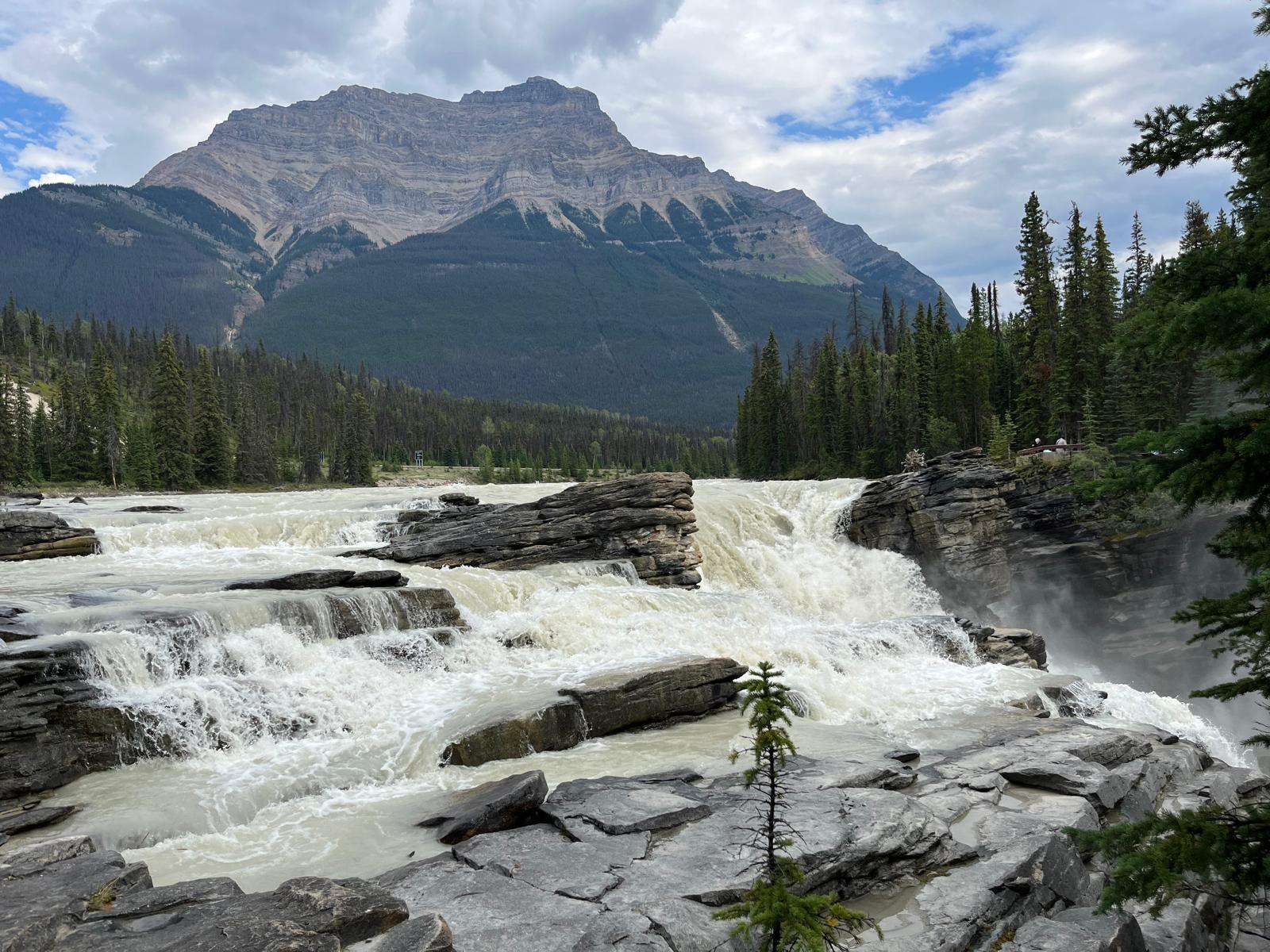EDMONTON — Alberta officials held a critical Zoom briefing today regarding the wildfire situation. Christie Tucker from Alberta Wildfire and Joe Zatylny of the Alberta Emergency Management Agency shared updates on the current wildfire status, ongoing firefighting efforts, and community support measures, stressing the importance of public awareness as the season progresses.
There are currently 117 wildfires burning in Alberta’s forest protection area. Of these, 23 are classified as out of control, 45 are being held, and 53 are under control. The wildfire danger remains extreme in the southern parts of the province. However, recent rains have reduced the wildfire danger across the northern regions, and more shower activity is expected today.
“The number of active wildfires has significantly decreased over the last week,” Tucker stated. “Last week, we recorded 170 active wildfires, and now we’re down to 117.” Despite the improved situation, Tucker cautioned that temperatures are expected to rise in most of the province over the coming days, though not to the extreme levels experienced a few weeks ago.
Firefighters have made substantial progress in containing and extinguishing current wildfires. The support from other agencies has been crucial in wildfire suppression. “It takes time and effort to get wildfires of this size under control,” Tucker noted. “One of the biggest factors is boots on the ground, and that’s why we’re grateful for the additional support coming into Alberta over the past week.”
Specialists and incident management teams from various regions have been relieving local staff, providing them with much-needed respite. In recent days, Alberta welcomed 100 firefighters from Mexico and 200 from South Africa, with more expected to arrive soon. These imported firefighters are engaged in extinguishing hotspots and mopping up areas still burning within wildfire perimeters.
With the long weekend approaching, Tucker reminded Albertans that the fire season is not over and that respecting fire bans is crucial to wildfire response efforts. “We want to keep firefighters focused on actioning existing wildfires and not responding to new ones,” she emphasized. While some fire bans have been lifted in areas where the wildfire danger has decreased, bans remain in place in the north and far south of the province.
Tucker highlighted that an average of 67% of wildfires are human-caused and entirely preventable. She urged the public to exercise caution, especially when having campfires in permitted areas. “Never leave your campfire unattended and ensure it’s completely extinguished before you leave,” she advised.
Joe Zatylny provided an update on the emergency management efforts, stating that there have been no new emergency alerts recently. The provincial emergency coordination center remains operational to coordinate the government’s response to ongoing wildfires. “We will continue providing support to Jasper, the Municipal District of Big Horn, Little Red River Cree Nation, the Municipal District of Opportunity, Chipewyan Prairie First Nation, and the Regional Municipality of Wood Buffalo as required,” Zatylny said.
The estimated number of evacuees remains at 17,100. Reception centers are open in Calgary, Grande Prairie, and Edmonton to support evacuees from various affected communities. Evacuees are encouraged to pre-register online at emergencyregistration.alberta.ca and visit a designated reception center to access services, including information on supports, updates, and re-entry plans.
The municipality of Jasper, along with Parks Canada, continues to conduct damage assessments. Initial assessments indicate that all critical infrastructure in the townsite has been protected. Alberta Emergency Management Agency field officers and emergency social services officers are embedded with the local incident management team in Hinton, ensuring seamless coordination between emergency responders and the government of Alberta.
Evacuation orders remain in effect for several areas, including the Municipal District of Big Horn and all three communities of the Little Red River Cree Nation, as well as Chipewyan Lake. These communities are now eligible for emergency evacuation payments, with the Ministry of Senior Community and Social Services working to process these payments. Starting July 31, the Canadian Red Cross will distribute a one-time payment of $750 per household to evacuees from their primary residence in Jasper.
“We’ve had some rain and cooler temperatures in recent days, but the fire risk remains high,” Zatylny cautioned. He emphasized the importance of preparedness and urged individuals to plan for possible evacuations. The government of Alberta offers a wealth of information on preparedness, including fact sheets, videos, checklists, and infographics, available at alberta.ca/beprepared.
Both the government of Canada and the government of Alberta are matching donations to the Red Cross’s 2024 Alberta Wildfires Appeal, with donation matching set to last for 30 days starting July 25. Albertans wishing to make a financial donation can do so online at redcross.ca.
During the question-and-answer session, reporters inquired about the wildfire conditions in specific regions, the impact of incoming international firefighting support, and plans for the re-entry of evacuated communities. Tucker and Zatylny provided detailed responses, underscoring the complexity of wildfire management and the ongoing efforts to safeguard Alberta’s communities.

